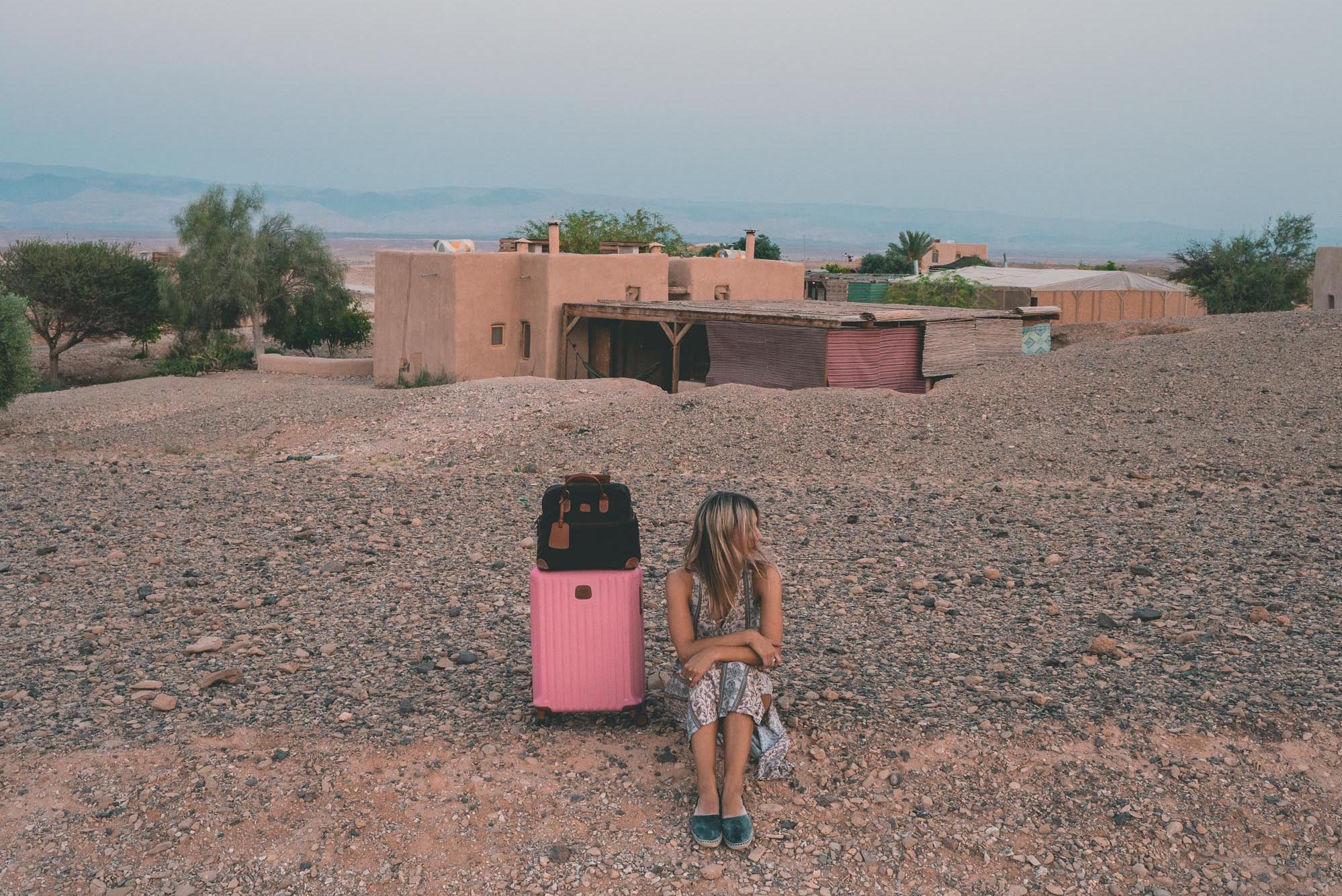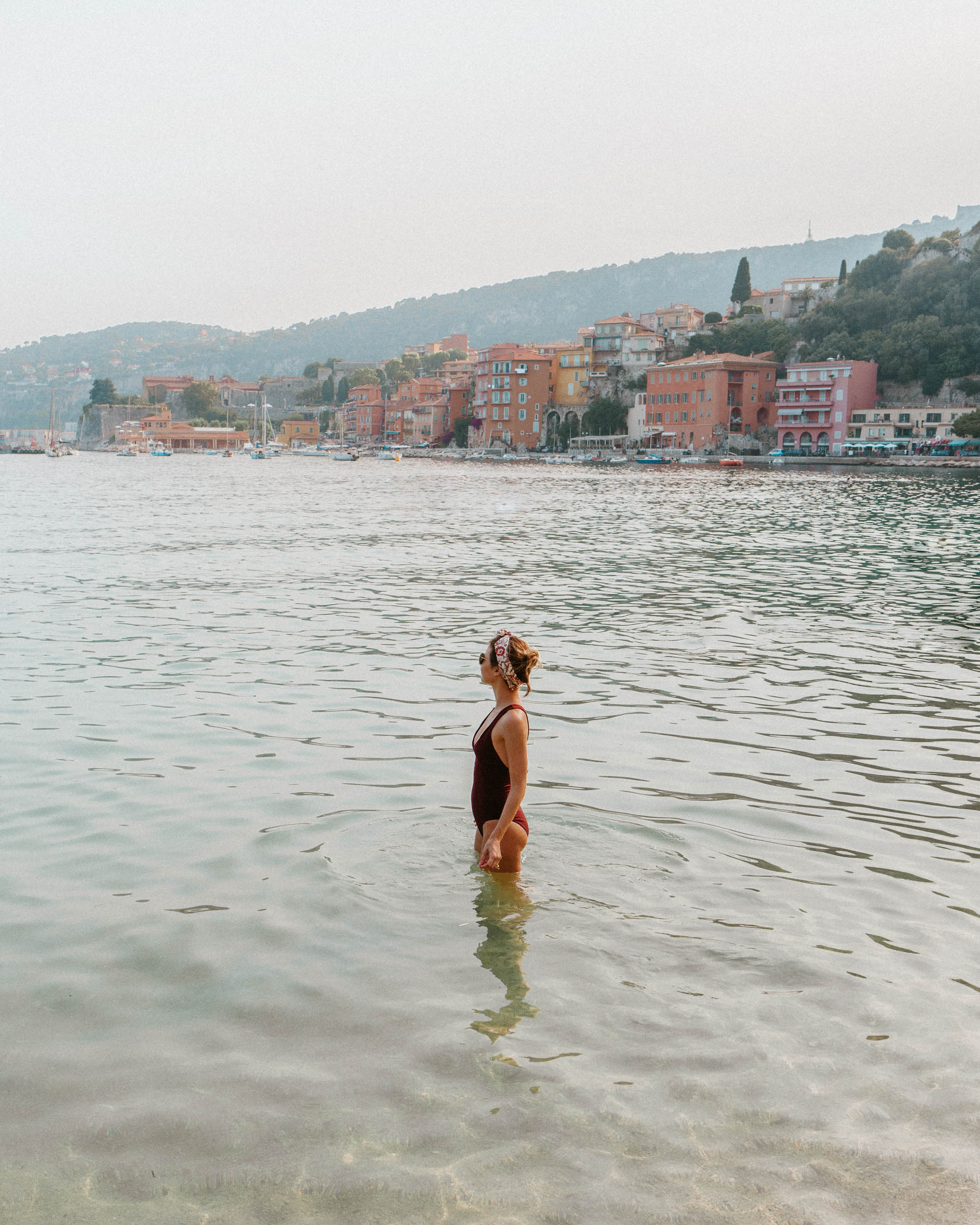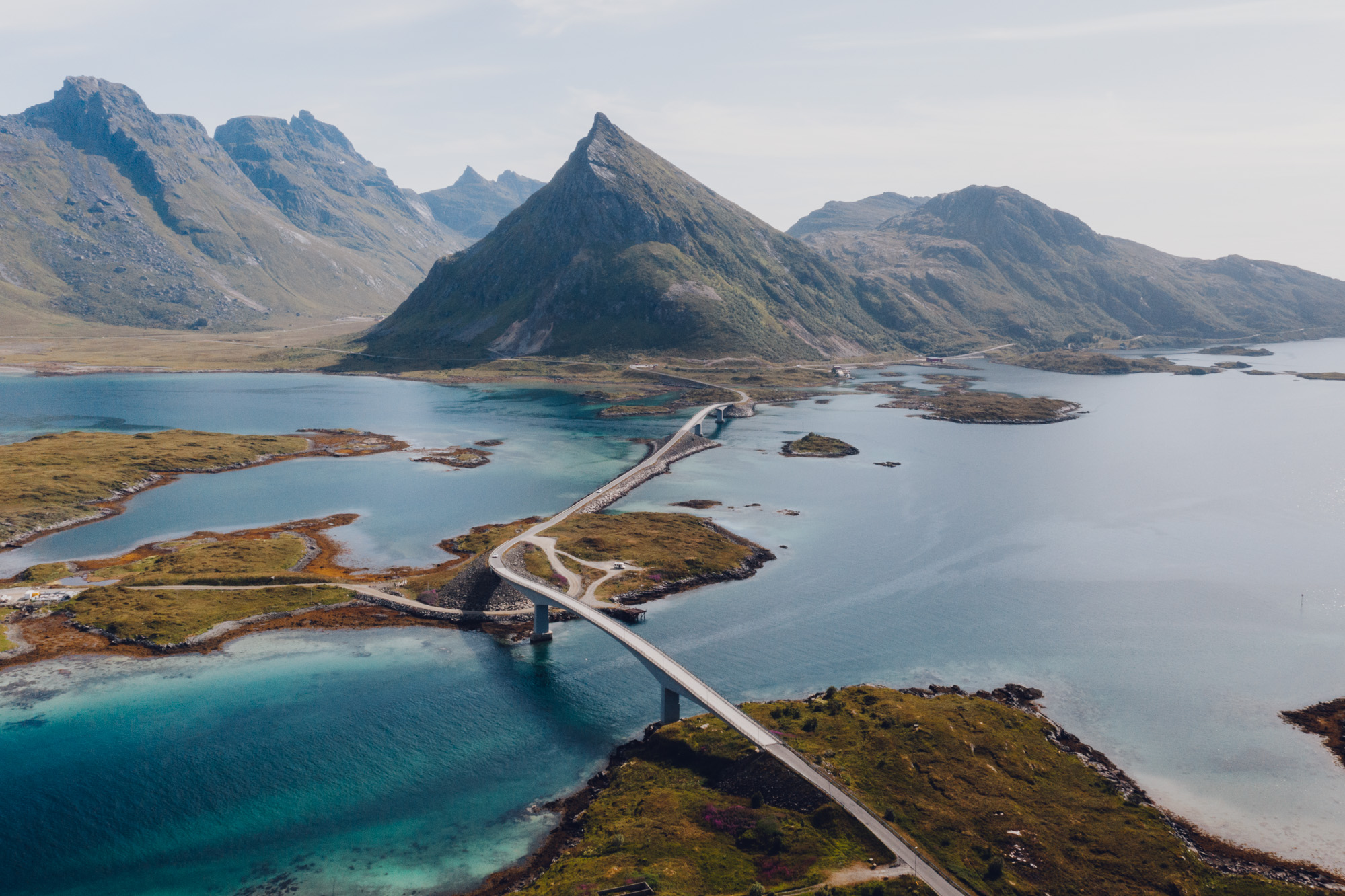 I’ve recently received questions about my travel plans and if I have any trips booked. On any given month I’m typically taking 2-3 trips, so the past few months have been an adjustment. On one hand it’s been eye-opening; a much-needed pause in a hectic schedule of flights and jet lag and sleeping in a new bed every night. It’s also been a difficult time, filled with uncertainty and doubts; something all of us can relate to right now.
I’ve recently received questions about my travel plans and if I have any trips booked. On any given month I’m typically taking 2-3 trips, so the past few months have been an adjustment. On one hand it’s been eye-opening; a much-needed pause in a hectic schedule of flights and jet lag and sleeping in a new bed every night. It’s also been a difficult time, filled with uncertainty and doubts; something all of us can relate to right now.
At the moment I do not have any trips booked. That doesn’t mean I’m not thinking about travel. I know my first trip will be to return home (I’ve been staying close to family since March). There have been some recent changes to where I call home — more on that to come later. Regardless, I feel a responsibility to refrain from planning other trips at the moment.
If you’re wondering about what to do about a summer trip you have planned, or whether you should book a fall getaway, there is no one-size-fits-all solution right now. The truth is, we may be in a state of uncertainty for quite some time. Right now there is risk involved with traveling, for ourselves and others. Personally, my summer and fall plans are on hold and if they do happen, they will be more spontaneous than usual and will involve various precautions.
What to expect from travel
Domestic travel – local travel seems to be the most viable option for this year. National Parks have started to re-open, alongside businesses, hotels and restaurants. (You can find updates and info for specific parks through this National Park Service page). Though I’m looking forward to the prospect of exploring more of my surroundings and supporting local businesses, there are still risks associated with any form of travel right now. If you’re considering leaving home, I urge you to do so responsibly. Keep in mind the CDC guidelines for protecting yourself and others, including wearing a mask, staying 6 feet away from others, and practicing personal hygiene.
Travel corridors – travel corridors or ‘travel bubbles’ are starting to crop up. Estonia, Latvia and Lithuania have established rules for traveling between their three countries. New Zealand and Australia are discussing a corridor as well. More on travel corridors here. I’m hoping to touch on ways to safely explore and support these destinations when the time comes.
Road Trips – I personally love road trips. Having the freedom to stop and take in a view or beautiful landscape lends itself to unique memories. Iceland is offering options for visitors on arrival, though mini road trips from home may be better suited to those looking to travel in 2020. Remember that as of right now, practicing social distancing is still a priority no matter where you are.
Lofoten, Norway. Road trips offer the freedom to stop and take in scenery without the crowds, and staying close to home minimizes risk for yourself and others.
International travel – the TSA just released new guidelines for airports and screenings. You may have seen some European countries opening up slowly, each at their own pace and with different restrictions for tourism. Some destinations are offering incentives in order to bring tourism back. Personally, I love the idea of supporting certain countries with tourism but don’t feel this is something I can plan for at the moment, knowing border closures and other risks are ongoing. This article has a comprehensive round-up of openings by European country.
Lesser-known destinations – I’ve always preferred hidden gems over crowded cities, and there’s no better time to consider off-the-beaten path destinations for your future travels (think 2021 onward). In general, cities will be more difficult to explore due to high population density. Countries like Georgia, which is hoping for a boost to tourism, Montenegro and Cyprus are beautiful and much less frequented than other European countries.
Popular destinations – if you still have your sights set on a specific country like Italy, be mindful of where you’re going. For instance, the rolling fields and small towns of Tuscany will be easier to explore at a safe distance from others. Popular cities like Venice and Cinque Terre are easily crowded and will not be as easy to navigate responsibly. It’s essential to limit contact with others and maintain a distance, so focus on places that will allow you to do so. And if you see a crowd, turn around!


Antibes and Villefranche-Sur-Mer, France. Smaller towns and and less popular destinations allow for better social distancing practices. However, traveling internationally to countries like France may be better suited for 2021 travels.
Advice for planning trips
Future planning – I’m seeing a lot of people turn to Pinterest to save inspiration for later on (this article is a great read about why it’s become a form of escapism). There’s no harm in researching and getting inspiration for future trips right now. As for actually planning trips, waiting until guidelines deem it safe to travel is the most important. Planning for 2021 onward seems to be more common right now. Know that it’s still possible you may have to cancel or re-book a trip taking place a year from now.
Spontaneous planning – if you’re typically a planner, consider this an opportunity to try something new! Booking a cabin getaway in nature or a longer-term rental close to home is more realistic in the near future, and could offer a number of benefits. You could opt to support a small business that may need the help. Longer-term rentals also mean discounted rates. You don’t have to go far to enjoy traveling; this is an opportunity to find a renewed appreciation of your home state or country. Make sure to always do the research to determine what’s open prior to booking. A quick google search should suffice, but call the local business if you’re still not sure.
Keep in mind that no one knows how long this pandemic will last. Until there are significant changes, we imagine travel will be limited for the foreseeable future. Different countries (and different states) are also following unique protocol, so make sure to do your research and check CDC guidelines before traveling to ensure you’re aware of 14-day quarantines on arrival, or possibly being denied entry to your destination.

Tuscany, Italy. Long term rentals in open areas and nature will likely be popular in the coming months.
Personal takeaways on what’s next
I am most looking forward to using this opportunity to evaluate the trips I’m taking and plan more intentionally. Our generation has created a ‘checklist’ culture for travel. We have a tendency to measure a trip’s success by packing our schedule full of things to see, eat and do. It can be a lot of pressure and can sometimes leave us feeling let down about a specific destination or experience.
For me, this has been a time to re-evaluate that need and think about how to slow things down and be more meaningful with my trips. I’m also looking forward to hopefully exploring more close to home, something I actually vowed to do last year! Stay tuned on this front as I’ll be sharing content accordingly, from New York and (if all goes well) elsewhere.
Lastly, the ability to travel is a privilege. Many people around the world will never travel outside the country they were born in. I’ve been reflecting on ways that we can all make a positive impact with small changes while traveling. Stay tuned, as I’ll be sharing more blog posts on ways to travel intentionally and responsibly as things start to re-open.
Photo at top of post: Negev Desert, Israel. All photos edited with our photography presets (Europe Collection, India Collection).






Brian Says
I appreciate the thoughtful reflection on the current state of travel. It’s refreshing to see someone acknowledge the complexities of our current situation, balancing the desire to explore with the responsibility to prioritize safety and adhere to guidelines. The emphasis on local travel, road trips, and lesser-known destinations resonates well, considering the need for social distancing.
The advice on future planning and spontaneous trips is practical, given the uncertainty of the times. The personal takeaways about re-evaluating the checklist culture of travel and finding meaning in trips align with the evolving perspective many of us have gained during this period. It’s a reminder that travel is a privilege, and the call to make positive impacts with small changes is timely and important.
Looking forward to more content that explores intentional and responsible travel as we navigate through these challenging times. Stay safe, and here’s to hoping for meaningful and purposeful travels ahead!
Santhosh Raghavan Says
Traveling is the right partner in life without any complaints or complaints. Your page is very beautiful with insightful words and pictures. Thanks for sharing your experiences with us.
Tanja Says
I also think we should always see some good things in bad times. Now we have the time to plan and think what we want to do and where we want to travel when it is possible again. It makes me happy to research and thinking about upcoming travel plans. Anticipation is the greatest joy 🙂
Selena Says
Post authorAs someone who also loves to plan trips, I couldn’t agree more! Cheers to future adventures to come x
Courtney Says
really loved this blog post – I’ve been thinking about a lot of these points as well lately. looking forward to doing more “close to home” day trips and road trips. we have to get creative in what we define “travel” as.
Selena Says
Post authorYes, I agree. It will be a unique time for all of us! Thanks Courtney xx